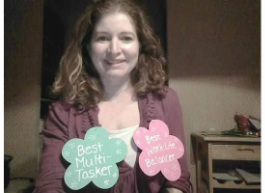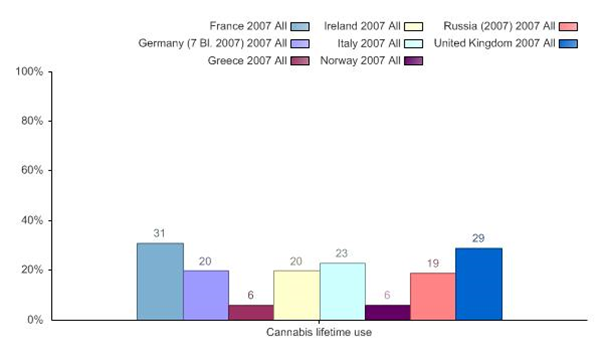We talked about theories and how they do (and don’t) adequately explain sexual behavior.
We talked about one of my major pet peeves – researchers who talk about gender differences in, for instance, age at first sex (boys younger than girls), number of sexual partners (boys more than girls), and condom use (boys use condoms more than girls). The math doesn’t work. Who are these boys having sex with? Most data suggests that boys’ sexual partners are younger than them, so how can they start at earlier ages than girls do? If boys are having sex with younger girls, then, if we match boys and girls on age, shouldn’t the boys actually be having fewer partners, not more? And similarly, if heterosexual boys and girls are having sex with each other, and then reporting differing rates of condom use, how is that possible? There’s a great article by Brown and Sinclair (1999) that demonstrates, by having participants discuss their strategies for estimating lifetime sexual partners, that men and women have different strategies for estimating number of sexual partners. Women are more likely to rely on enumeration (e.g., naming: Bill, Tom, Joe…) and tally retrieval (just “knowing” the number and being able to access that number). Men are more likely to use rough approximation (um, 5-10? So 10). Enumeration in particular has a tendency to lead to undercounting (e.g., if someone forgot about a particular partner). And men might have a tendency to overestimate in rough approximation (round up).
We spent a long time talking about sex education, and what ideally we would want taught, and when.
One exciting aspect of talking about my area of research in class is that the majority of articles that students brought in (independently) were either ones that I have already read, or written by people I know well (or both). This week that list included a paper by one of my collaborators, Derek Kreager that demonstrates that male adolescents with many sexual partners are more accepted by peers, whereas female adolescents with many sexual partners are less accepted by peers, demonstrating the peer context of the sexual double standard; a paper by my former student, Sara Vasilenko, in which they demonstrated latent classes of sexual behavior; a qualitative study with the great title, “When you got nothing to do, you do somebody”: A community’s perception of neighborhood effects on adolescent sexual behaviors; and work from Monique Ward’s research group on communication with parents and peers about sex among Asian Americans.
Finally, we chatted about a recent article by Eric Anderson and colleagues on heterosexual men kissing men. In Britain. If you haven’t read it, you must. And then get others to read it, so you can talk about it.
I had a million more things to say about sexual health in adolescence, but alas, we must move on to new topics next week.
“The post This week in Adolescent Development: Sex first appeared on Eva Lefkowitz’s blog on April 29, 2014.”




 RSS Feed
RSS Feed
